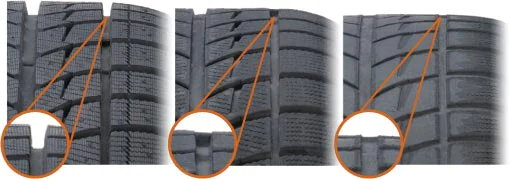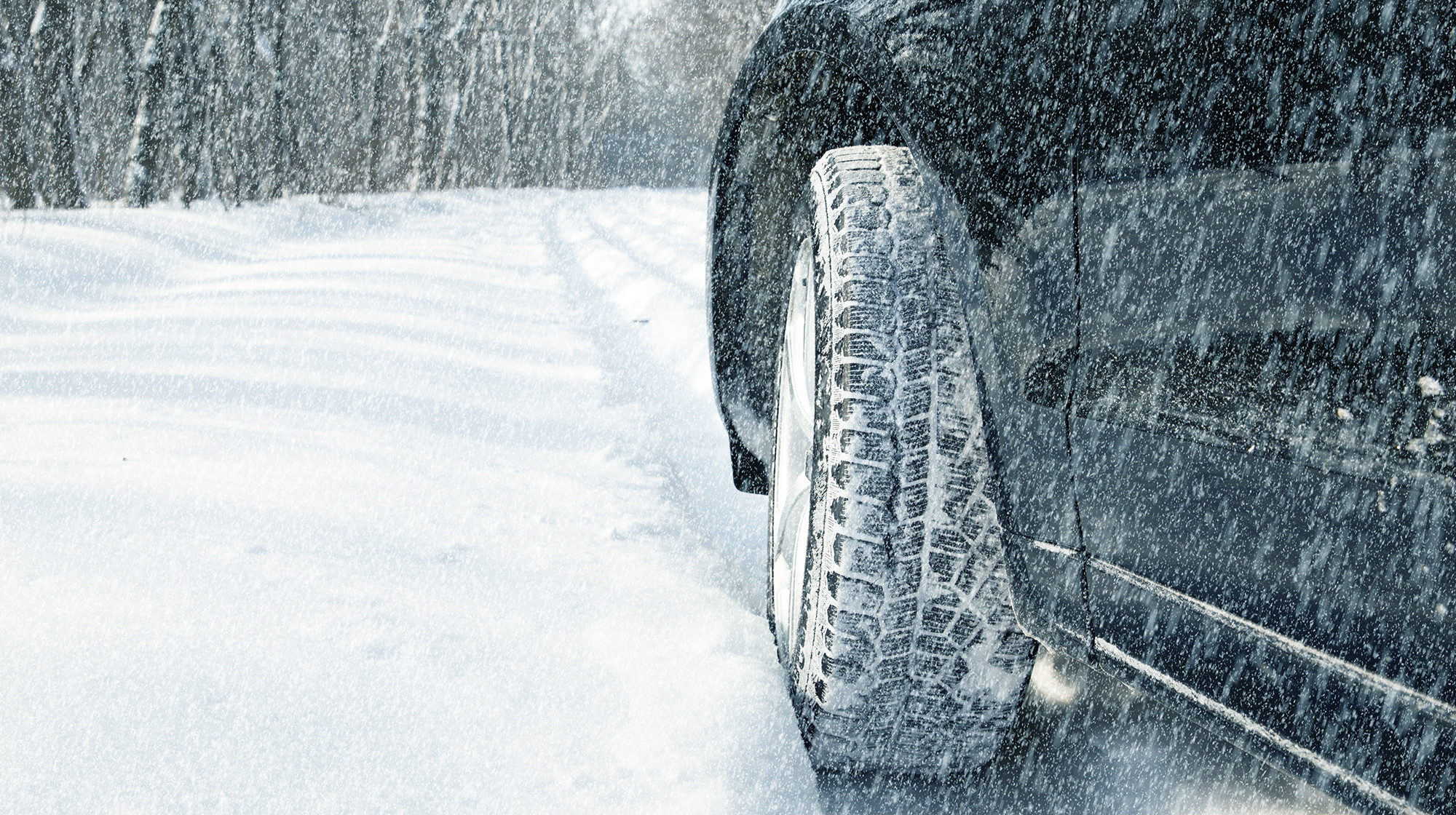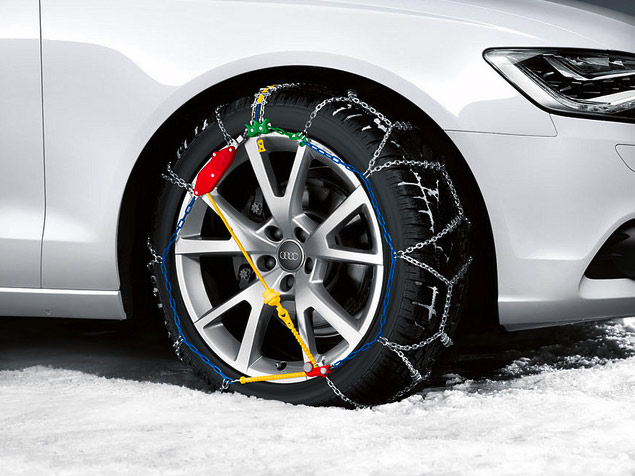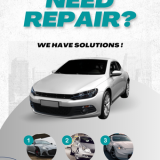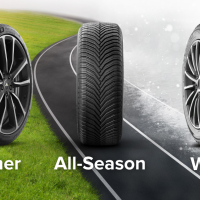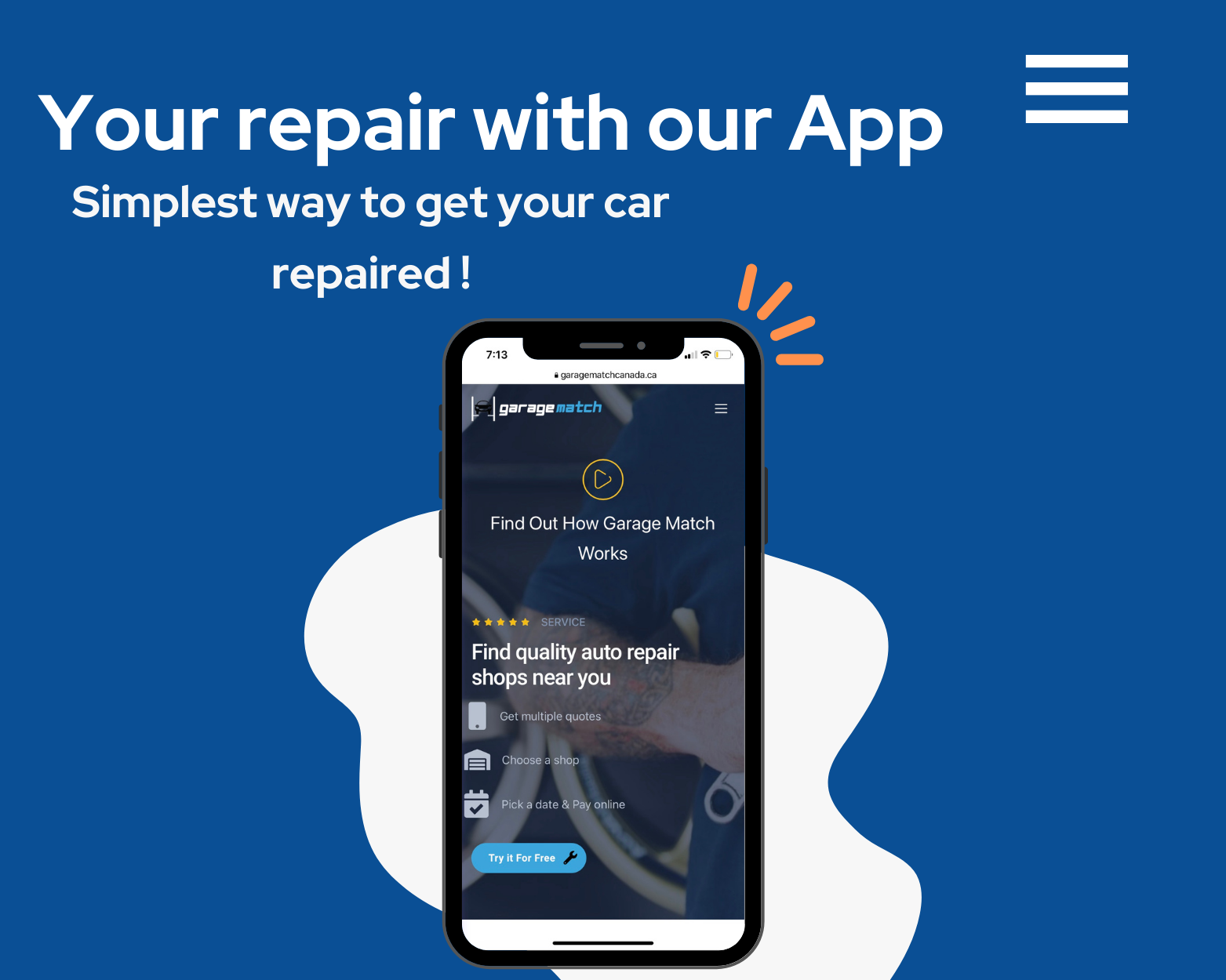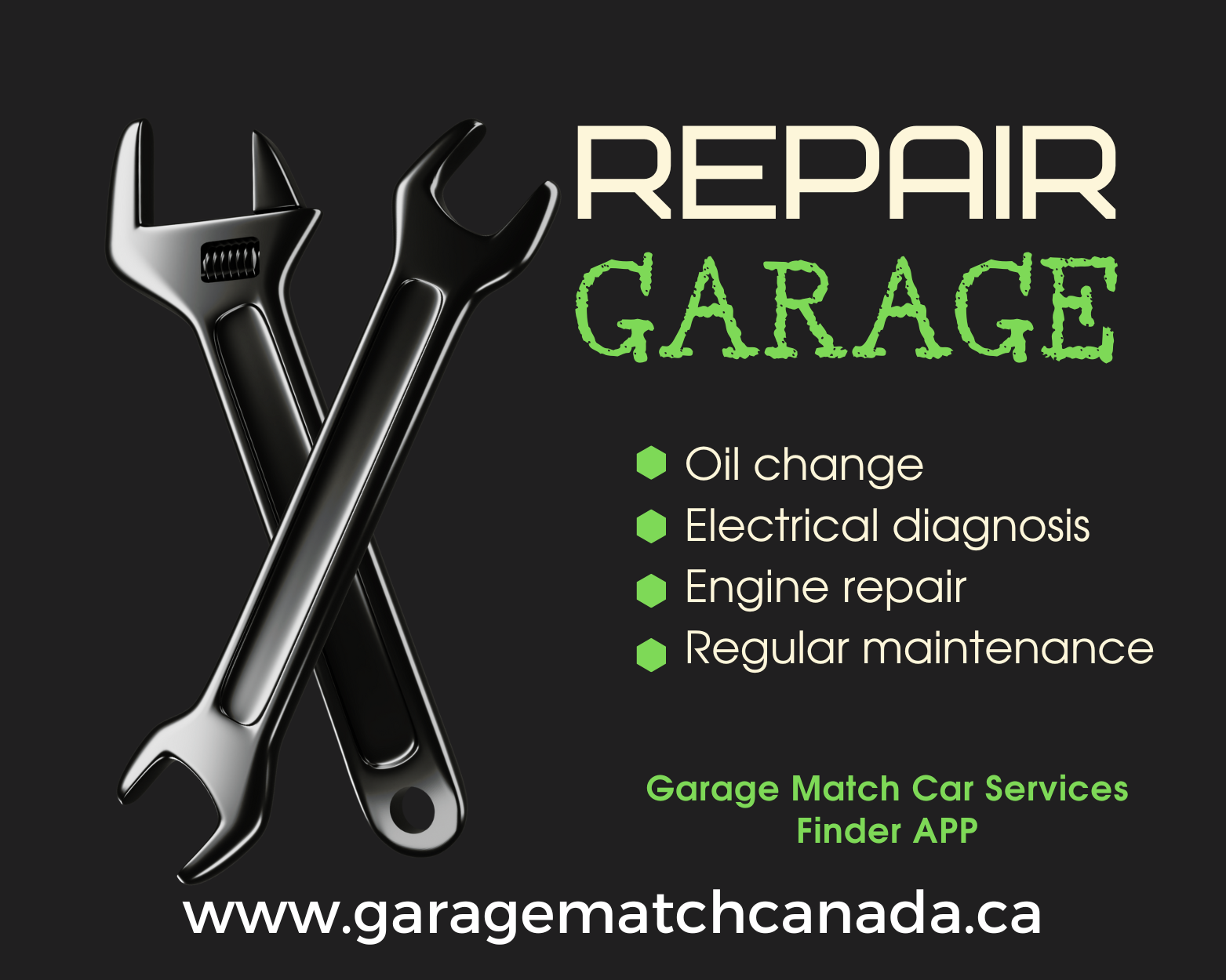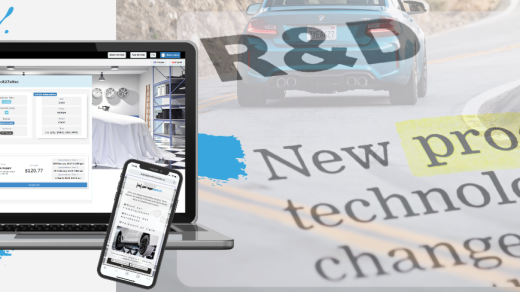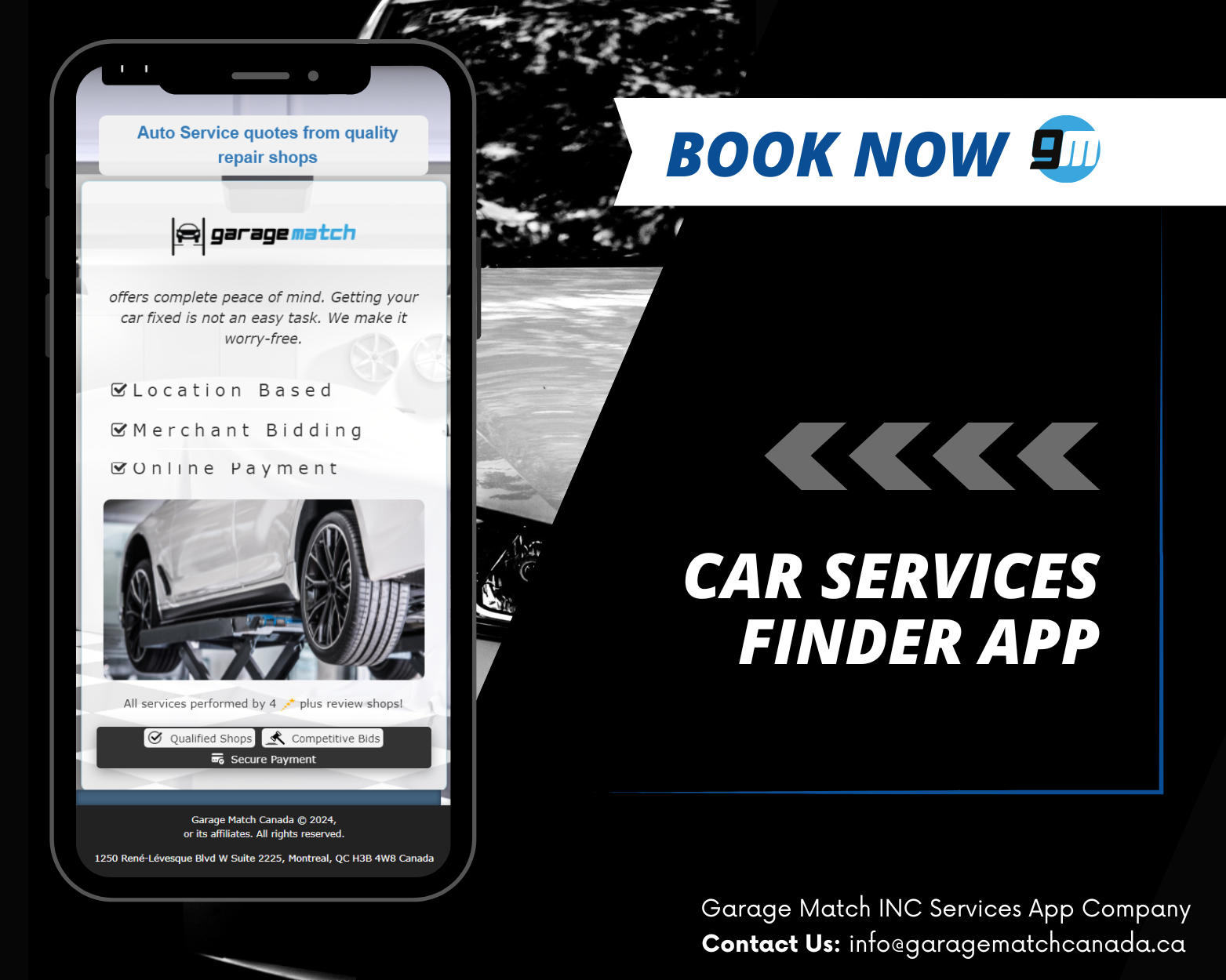How Do I Take Care Of My Winter Tires?
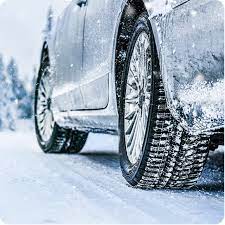
How Do I Take Care Of My Winter Tires?
Because winter tires typically have very aggressive tread designs they are more susceptible to the irregular wear that can be caused by suspension misalignment (or worn parts). Of the three normal alignment adjustments (caster, camber and toe) the camber and toe settings are the most important while caster settings have little influence on tire wear.
Camber is important and is used to describe the vertical tilt of your tires. If the top of the tire tilts outward it is called positive camber, and if it tilts inward it is called negative camber. The camber settings that should be used with winter tires are the vehicle manufacturers’ preferred settings. Too much positive camber will wear the outside edges of your tires, while too much negative camber will wear the inside edges.
The toe setting is very important and it is used to describe if the tires on both ends of the same axle are aligned to drive towards (toe-in) or away (toe-out) from each other. Most vehicles have their suspension components connected to the body through rubber bushings. When the vehicle is in motion, tire rolling resistance pulls back on the tires of a non-driven axle, and driveline torque pulls forward on the tires of the driven axle. The toe settings have been selected to compensate for the slight suspension movement allowed by the rubber bushings. The toe settings that should be used with winter tires are also the vehicle manufacturers’ preferred setting.
As with most automotive adjustment specifications, there are preferred settings along with their tolerances. When aligning for winter tires, only the vehicle’s preferred settings should be used. For example, if a vehicle’s preferred toe setting calls for 1/8″ in, and allows a tolerance of ±1/16″ and if the vehicle’s toe is set at 3/16″ in (the maximum toe-in allowed) each front tire will be dragged towards the other about 80 feet for every mile driven.
It is best to have your vehicle’s alignment checked and corrected twice a year. Align it in the spring (using performance alignment settings) to prepare for summer, and in the fall (with the vehicle’s preferred settings) to prepare for winter.
Winter Air Pressure…You Can’t Just Set It…And Then Forget It
Tires don’t really carry the weight of your vehicle…the air pressure inside them does. And maintaining the correct air pressure is a requirement for good handling, traction and durability. The tire pressure recommended in your vehicle’s owner’s manual or on the tire information placard is a “cold” pressure, so it should be checked in the morning before you drive more than a few miles.
The fall and early winter months are the most critical times to check your tire’s inflation pressures because air is a gas which contracts as the days get shorter and the temperatures get colder.
For every 10 degree Fahrenheit change in outside temperature, your tire’s inflation pressure will change by about 1 psi (up with higher and down with lower temperatures)
In most parts of the country the typical difference between average summer and winter temperatures is about -50 degree F. That difference results in a loss of about 5 psi, which will sacrifice tire performance and treadwear!
If you are fortunate enough to park in an attached or heated garage you will also “lose” pressure when you leave its warmth and venture into the real world outside. So add 1 psi of “cold” tire pressure to compensate for each 10 degree temperature difference.
And finally, don’t forget to keep your valve caps on. If left off, moisture can freeze in the valve and allow the air to escape.


